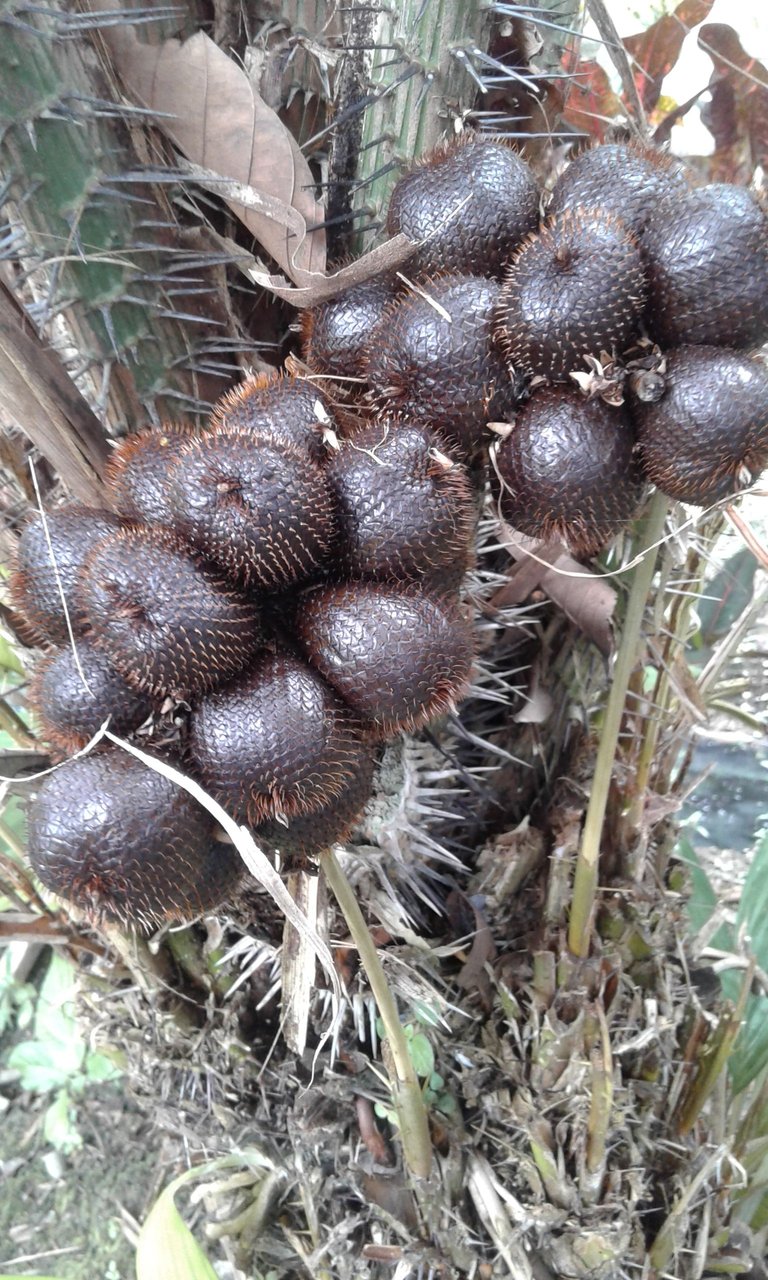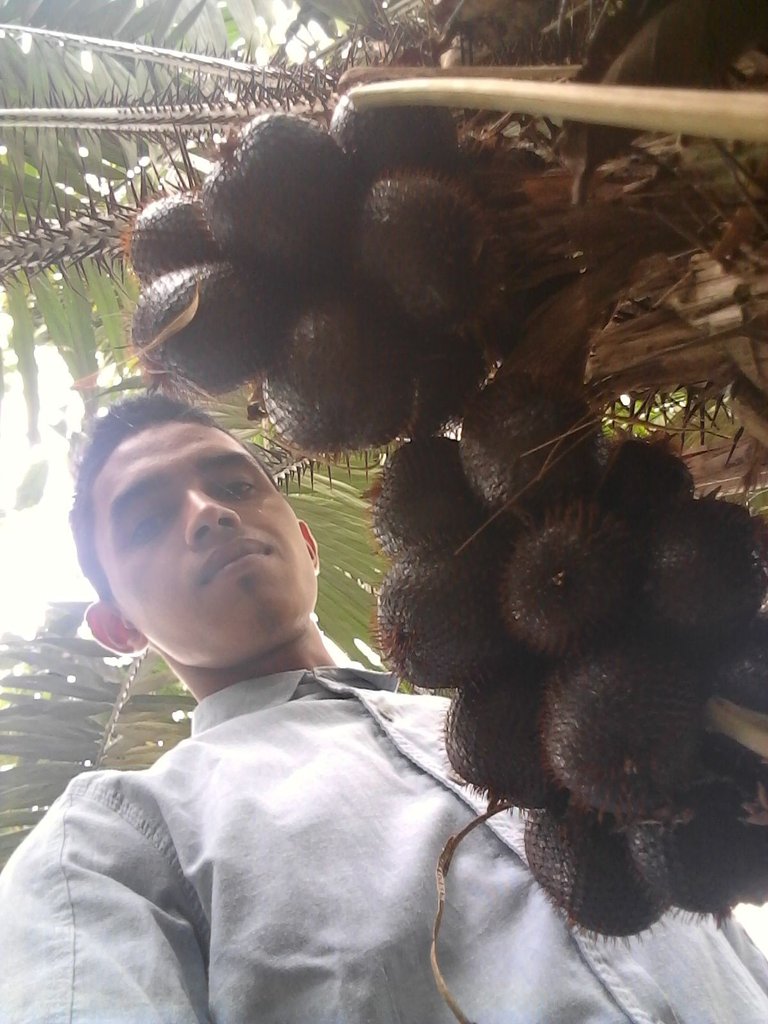How to cultivate bali salak.
In addition to the famous beaches are very charming, the island of Bali is known as one of the central production of bark in Indonesia. Salak from Bali is known as bali salak. In this area is known not less than 10 bali salak cultivars.

Advantages bali salak:
- It tastes sweet and small seeds. *The fruit is round elliptical.
- Its skin is scaly small and yellow color somewhat brown.
- The fruit flesh is thick, yellowish white, and rarely the masir.
- It feels special, very sweet and crispy texture.
- The seeds are also small and usually amounts to 1-2 on each fruit Balinese salak fruit is relatively small.
Benefits of fruits
Salak fruit can be eaten fresh or made sweets and pickles. The trunk can not be used for building materials or firewood. However, salak plants both for garden boundaries as well as gardening safeguards.

Terms grow bark:
Salak grows well in the lowlands to a height of 500 m asl with wet climate type. Soil type podsolic and regosol or latosol is favored by salak plants. The desired environment has a pH of 5-7, rainfall of 1500-3000 mm per year with dry season between 4-6 months. In appropriate environmental conditions, the plant begins to bear fruit at the age of three years. Young salak plants prefer to live in the shade or under shade. Therefore, salak is commonly planted under duku, durian, or canine or sengon (Albezia sp.) Trees.
Guidance of salak cultivation
Plant propagation: Salak is generally grown from seeds taken from good quality salak trees. However, plants from seeds are not always the same as the nature of the parent (always changing). Salak plants begin to bear fruit after the age of 3-4 years. Another way that is developed at this time is through saplings or so-called "grafts". Seeds made by bundling (inserting) pieces of bamboo on the base of the shoots of the superior barking tree. Pieces of plastic bottles or bottles infusan can also be used as a bumbungan. The graft medium used was a mixture of soil and compost (comparison 2: 1). After the seedling shoots are rooted in the bumbung, these vegetative seedlings can be weaned. To accelerate the growth of roots, usually on the seedlings given Rootone-F as much as 1%.
Cultivation of bark:
The seeds are planted directly in the hole, as many as 3-4 seeds per hole. The size of the hole is made 50 cm x 50 cm x 40 cm, the distance between holes 2 m x 4 m or 3 m x 4 m. Each hole is given manure as much as 10-20 kg. A month later, the seeds begin to grow. Selection or disposal of unselected plants is done after the start of flowering, ie after the age of three years. In each hole left one tree flowering female or mixed. Male plants leave 10% of the population grown as the source of the males. Artificial fertilizers are given three months as much as 25-500 g NPK (15-15-15) and continue to increase according to age of the plant. At the age of 1-3 years as much as 25-300 g per tree, then age 3-10 years as much as 300-500 g per tree. In planting with a graft, each hole is planted only one seed. Plants are kept moist, well watered, and shaded. Leguminose and Gliricidia (gamal) can be used as shade. The lowest leaves of the leaves are reduced so that the sun will be evenly distributed and allow the maintenance worker to pass through the road between the barlsan plants.